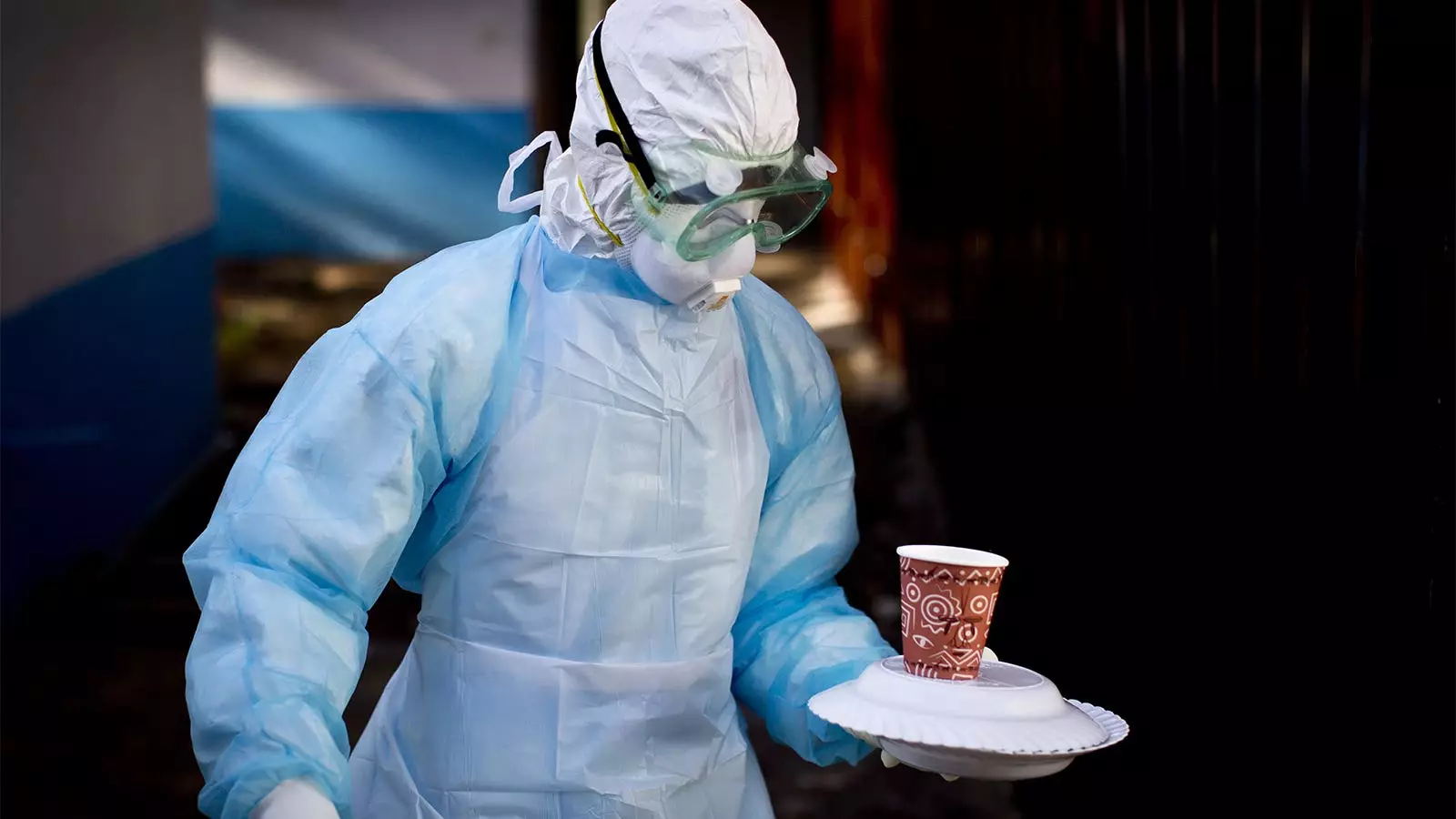Rwanda is currently grappling with a grave public health emergency marked by an outbreak of the Marburg virus, a highly infectious and lethal disease akin to Ebola. With eight reported fatalities already, authorities face a pressing challenge in curbing the further spread of this dangerous virus. Unlike many other viral infections, Marburg has no recognized vaccine or treatment, which dramatically intensifies the urgency of response efforts. Rwanda, located in the heart of East Africa, declared this serious outbreak just days ago. The speed at which the situation evolved necessitates immediate and coordinated action from both national and international health organizations.
The Marburg virus is believed to be zoonotic, primarily transmitted from fruit bats to humans. The infection then spreads among individuals through direct contact with the bodily fluids of those infected, whether through bodily fluids like saliva or through surfaces, such as contaminated linens. What makes the Marburg virus particularly alarming is its high mortality rate; without medical intervention, up to 88% of those infected may succumb to the disease. Initial symptoms typically manifest as fever, muscle pain, vomiting, and diarrhea, eventually leading to severe complications, including hemorrhagic fever. This symptom progression, combined with a delayed onset that can take anywhere from three days to three weeks, complicates early detection and containment efforts.
In light of the outbreak, Rwanda’s Health Minister, Sabin Nsanzimana, has implemented swift measures aimed at mitigating the impact of the virus. Public health advisories encourage citizens to minimize physical contact and to maintain stringent hygiene practices. Notably, the government has identified about 300 individuals who came into contact with confirmed cases, and many of these have been placed in isolation facilities to prevent further transmission. Current reports indicate that healthcare workers represent a significant proportion of those affected, highlighting the critical need for protective measures in healthcare settings to safeguard those on the frontline of patient care.
In response to the crisis, the Centers for Disease Control and Prevention (CDC) has positioned itself to assist Rwanda, leveraging its experience with outbreaks of Marburg and similar diseases globally. This cooperation is vital as it supports not only contact tracing and laboratory testing but also enhances disease detection and infection control mechanisms within healthcare facilities. The World Health Organization (WHO) has also pledged increased support, recognizing the dire situation on the ground. In these moments of crisis, global collaboration proves crucial, as knowledge and resources can help mitigate the outbreak’s consequences and ultimately save lives.
The emergence of the Marburg virus in Rwanda parallels previous outbreaks in other parts of Africa, illustrating the region’s heightened vulnerability to viral epidemics. Countries such as Tanzania, Uganda, and Ghana have experienced their own Marburg-related incidents, revealing a concerning pattern. Furthermore, Rwandan authorities must remain vigilant not only about Marburg but also about other zoonotic diseases like mpox, which has seen a resurgence. The overlap between such outbreaks underscores the importance of robust public health systems capable of responding to multiple potential threats. Preparing for future zoonotic outbreaks should be a priority, fostering resilience through improved surveillance, vaccination campaigns, and community education initiatives.
The Marburg virus outbreak in Rwanda demands urgent attention from local and international health authorities alike. With fatalities already reported and an expanding pool of confirmed cases, the emphasis on prevention, education, and healthcare worker safety cannot be overstated. Public health officials must enact strategic interventions to contain the spread while simultaneously reinforcing measures for long-term preparedness. This situation serves as a reminder of our collective responsibility in addressing global health challenges, with an ever-increasing need for collaboration and enhanced public health infrastructure. In the face of viral threats, unity and proactive measures will be pivotal in safeguarding health and saving lives.


Leave a Reply